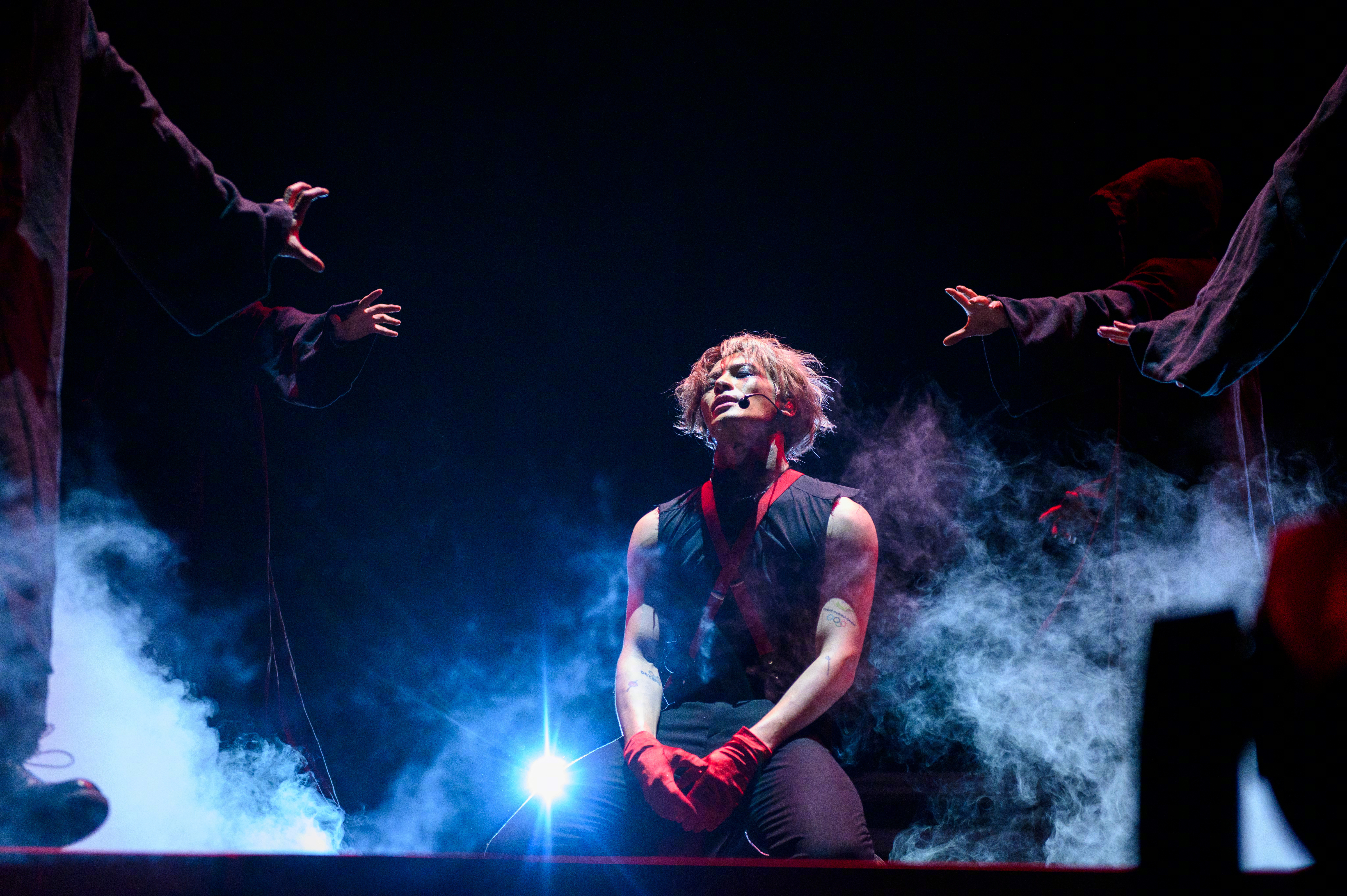When Light Chaser Animation Studios opened its doors back in 2013, the studio aimed to produce quality animated films tailored to China’s ever-expanding domestic box office.
The company has since released six CG animated movies, with each drawing inspiration from Chinese culture, literature, and folklore. Now, the sequel to the studio’s most commercially successful release, White Snake, has finally been released on Netflix in the United States.
White Snake 2: The Tribulation of the Green Snake (白蛇2:青蛇劫起 Baishe 2: Qingshe Jieqi), also known simply as Green Snake, first hit Chinese theaters on July 23 of this year. It debuted for Netflix users in the United States on December 1.
The new film raked in 200 million RMB (nearly 31 million USD) in the first three days of its domestic release, echoing the success of its predecessor. (Of note: Green Snake raked in more money in China in its first three days in theaters than Hollywood blockbuster Dune.)
Both films are inspired by the Legend of the White Snake, considered one of China’s four great folk tales, which has been adapted into various operas, television series, and films.
“The 2019 film White Snake tells a love story that happened 500 years before the well-known original White Snake folklore, so it’s the prequel,” says Yu Zhou, co-founder and president of Light Chaser Animation.
 Green Snake, meanwhile, takes place immediately after the ancient folktale, with the first film’s supporting character replacing her elder sister in the lead role.
Green Snake, meanwhile, takes place immediately after the ancient folktale, with the first film’s supporting character replacing her elder sister in the lead role.
“The story is about the adventure of the Green Snake, Verta, trying to find and save her sister White Snake, Blanca, who had been imprisoned by Fahai [an evil monk and the film’s antagonist],” Yu says.
The film guides viewers through a dystopian version of a modern city that brings to mind settings from movies like Blade Runner and I Am Legend, albeit with an entirely different storyline.
 Green Snake is set in the imaginary metropolis of Asuraville, “a place that is neither hell nor heaven,” says Yu. “It’s a place between living and death, inhabited by humans, demons, and monsters from different times and worlds.”
Green Snake is set in the imaginary metropolis of Asuraville, “a place that is neither hell nor heaven,” says Yu. “It’s a place between living and death, inhabited by humans, demons, and monsters from different times and worlds.”
In addition to its mythical source material, audiences will recognize the use of Buddhist elements throughout the film, touching on themes like reincarnation and obsession.
At its core, “It’s about the strong bonding and mutual devotion of two fairy sisters who had lived together for a thousand years,” Yu tells RADII.
 Originally a Mandarin-language film, Green Snake has been released worldwide with dubbing in 10 different languages. Unlike some of the studio’s earlier releases (we recommend Cats and Peachtopia for younger viewers), its target audience is teens and young adults, not children: Netflix has rated the sequel 14+, and Yu believes the label is appropriate.
Originally a Mandarin-language film, Green Snake has been released worldwide with dubbing in 10 different languages. Unlike some of the studio’s earlier releases (we recommend Cats and Peachtopia for younger viewers), its target audience is teens and young adults, not children: Netflix has rated the sequel 14+, and Yu believes the label is appropriate.
Green Snake is directed by Amp Wong, who also directed the original film alongside Zhao Ji, based on a script by Damao.
In the original Chinese-language release, the titular character Verta the Green Snake is voiced by Tang Xiaoqi. Supporting voice actors include Song Xuchen, Zhang Biyu, Wai Wai, Wei Chao, Zheng Xiaopu, Zhao Mingzhou, Qiu Qiu, Lin Qiang, Yang Tianxiang, Zhang Zhe, and Baomu Zhongyang.
 Longtime fans of Chinese filmography may recall that this is not the first screen adaptation of Green Snake. In 1993, Hong Kong director Hark Tsui released an adaptation of Green Snake (青蛇 Qingshe) based on a novel of the same name by Li Pi-Hua.
Longtime fans of Chinese filmography may recall that this is not the first screen adaptation of Green Snake. In 1993, Hong Kong director Hark Tsui released an adaptation of Green Snake (青蛇 Qingshe) based on a novel of the same name by Li Pi-Hua.
Li, a Hong Kong novelist famous for her narrative blend of traditional Chinese concepts and supernatural elements, with nods to her city of birth, has had no fewer than 13 of her written works made into movies, with the first adaptation released way back in the early 1980s.
All images via Light Chaser Animation Studios
















